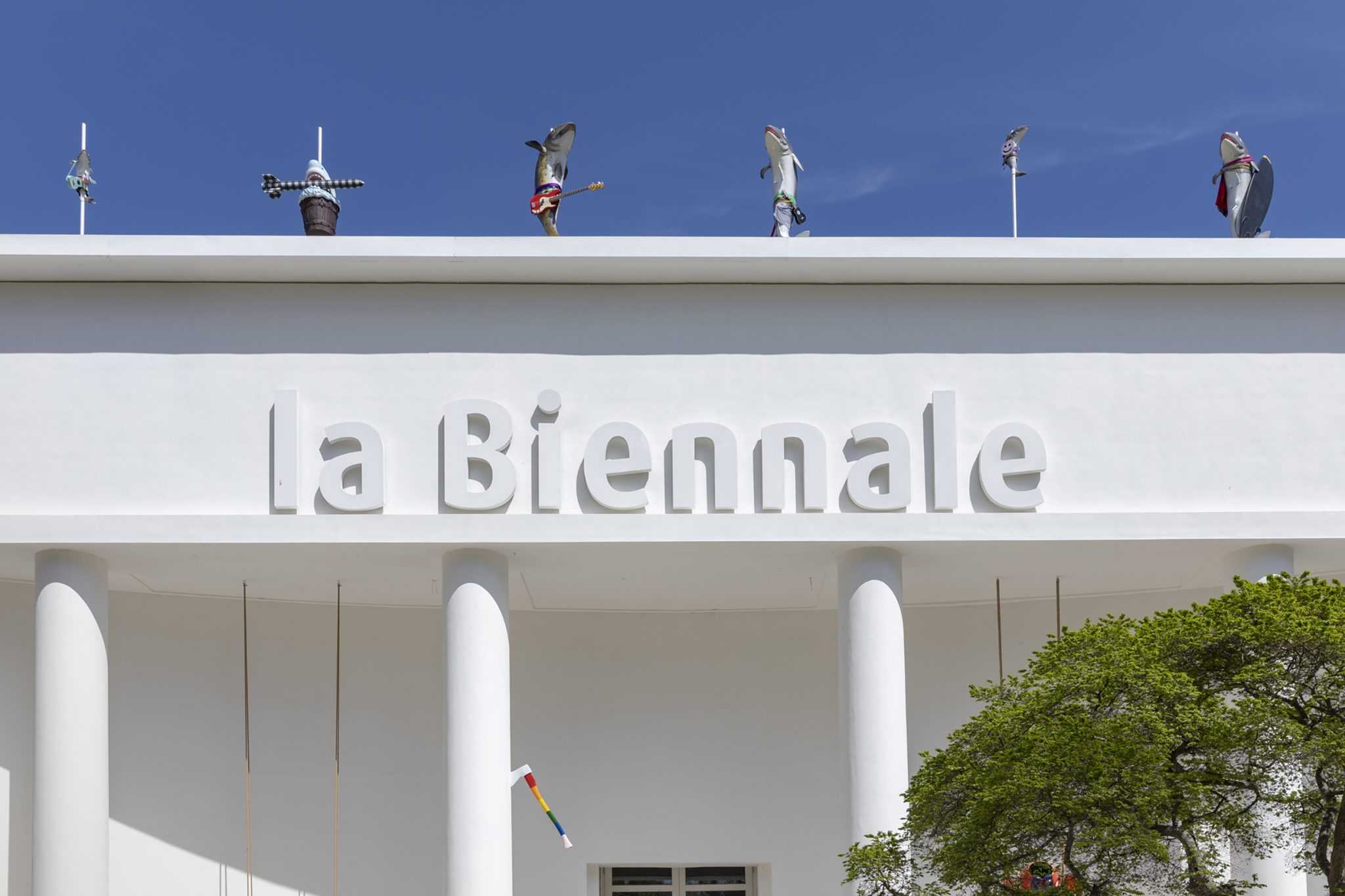Contemporary art runs on a cocktail of fuels: alcohol, bullshit and bonhomie
If you’ve operated professionally within the contemporary art scene for a decade or two, and you attend one of its larger gatherings – say, the Venice Biennale, which my spies tell me is happening around now – then you might find that you know a lot of people. The ones you genuinely like and who, seemingly, genuinely like you; the ones you know by face and name and rub along with; the ones who look sort of familiar while they’re reminding you in detail of that escapade last time you met, in 2003; those somewhere in between. A biennale vernissage renders this shifting dynamic at outsize scale. It’s a fizzing Leyden jar of such interactions, which might lead a person to walk away from such an event thinking: ‘Wow, I have a lot of friends and acquaintances!’ or, ‘The artworld is such a friendly place!’ Well, yes. And no.
Leaving aside for a moment all that’s putatively good about the sphere of contemporary art, the latter runs on a cocktail of fuels: one is actual alcohol; another is bullshit; a third is bonhomie. Any art event involving quite a few people is a collective, if improvised, theatrical presentation that commingles realities; there’s room for genuine pleasure at meeting or seeing someone, but there’s also a lot of mask-wearing or, as sociologist Erving Goffman famously theorised it, presentation of self. People in this field – at least until around the fifth glass of white wine, or the point in the gallery dinner where a performance artist jumps on the table – are, in my warped experience as someone who might be useful in terms of press coverage, but also as someone who enjoys people-watching, generally nice to each other. (That is, if they interact at all. A cat may look at a king, but there are a bunch of individuals in any art gathering that probably won’t get to interact with certain others, unless they spill a drink on them.)
Underlying this professional nice-making, which is not exclusive to contemporary art but which the latter has twisted in an interesting way, is the idea – and it is just an idea, or rather an ideology – that the artworld is collegiate. That we’re all trying, in our own ways, to contribute to an improvisatory but important process, keep it going and make new things happen within it. I don’t know for sure, but I suspect that accountants, for example, don’t think like that. The insidiousness of this, the reason it’s hard to shake and easy to instrumentalise, is that it’s half true. It is enjoyable and validating to feel part of the enterprise of culture: to have one foot in the long tradition of advanced human creativity and the other in the terra incognita of its perpetual, if not always so interesting, change and development. It’s gratifying in general to feel part of a group, however hazy its membership; to share a common language; to stand around in a white room with backs turned to some paintings, making wisecracks about rich artists you don’t know. But, as in politics, the all-in-it-together notion also covers a multitude of sins.
There is, of course, a great deal of precarity underlying most art-related social occasions; a lot of nerviness under the gladhanding. (Without the latter compensation, the plentiful amounts of people who’ve drifted into contemporary art despite being socially awkward might not be there.) And the intermix of precariousness, best behaviour and imagined community extends beyond the social sphere. Every time a ‘cultural producer’ receives an invitation to do something and is informed, in the same breath, that ‘unfortunately we cannot offer a fee for this’, or is offered an honorarium that in terms of hours worked would fall below minimum wage (or fill in your own example of unacceptable working practices in arts institutions, art education, or wherever) the idea of contemporary art as a team endeavour is mobilised while real-world hierarchies are obscured. How mercenary or uncommitted are you, the appeal to conscience insinuates, should you refuse to work for little or nothing or otherwise put up with unpleasant working conditions, when we’re all trying to do something valuable here? Whatever, we don’t really care – if you don’t sign up, someone else will.
The artworld is terrific at blurring actual work and vague moral obligation, and also friendship and self-preservation, as you might discover when on the wrong end of an invisible asymmetry. If you’re an artist who’s no longer in favour (read: selling) with your gallery, you may find yourself dropped by proforma email or, slightly more classily, letter, many sociable years together be damned. If you’re a critic who leaves a prominent perch, as in the experience of a colleague of mine, forget about those schmoozy invites to openings and/or dinners – you’re surplus now, plus we need to invite your replacement. These are facts, but it’s easy to imagine that such things just happen to other people when you’re caught up in the artworld’s blurrily defined relations, when nobody’s asked you to work pro bono for a while, when you’re having a fun time among all these like-minded people and this isn’t work, is it? How many real friends do you have here, beyond the ones you’re sure about? If you’re lucky, you’ll never – oh hey, it’s you. Cheers! So great to see you again! Love what you do…
